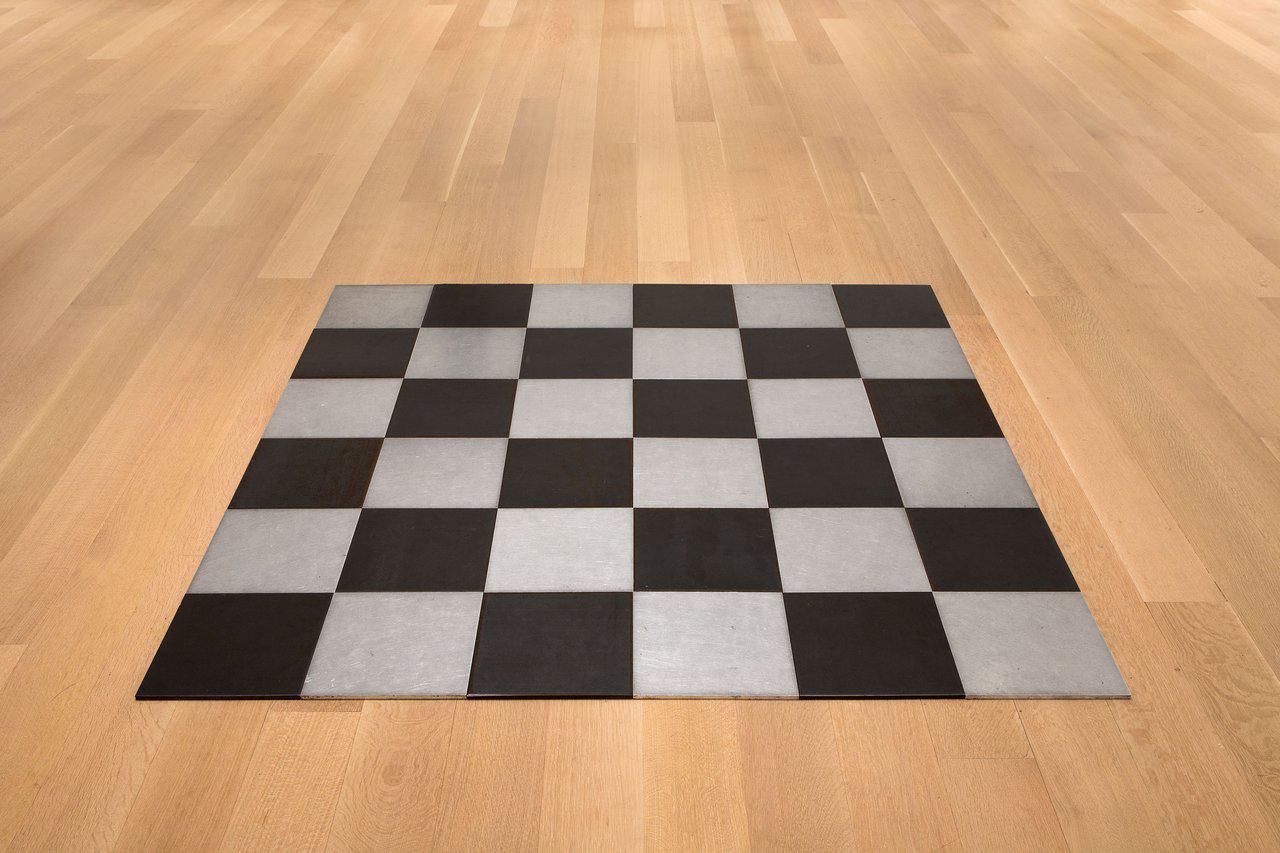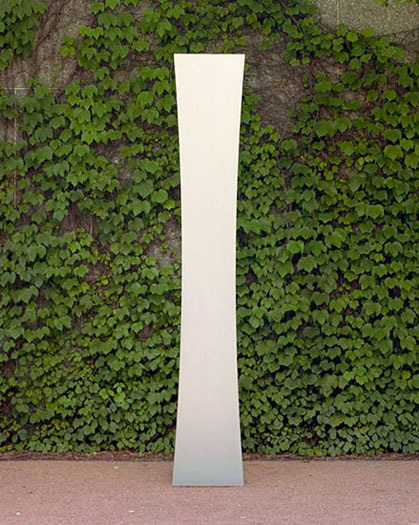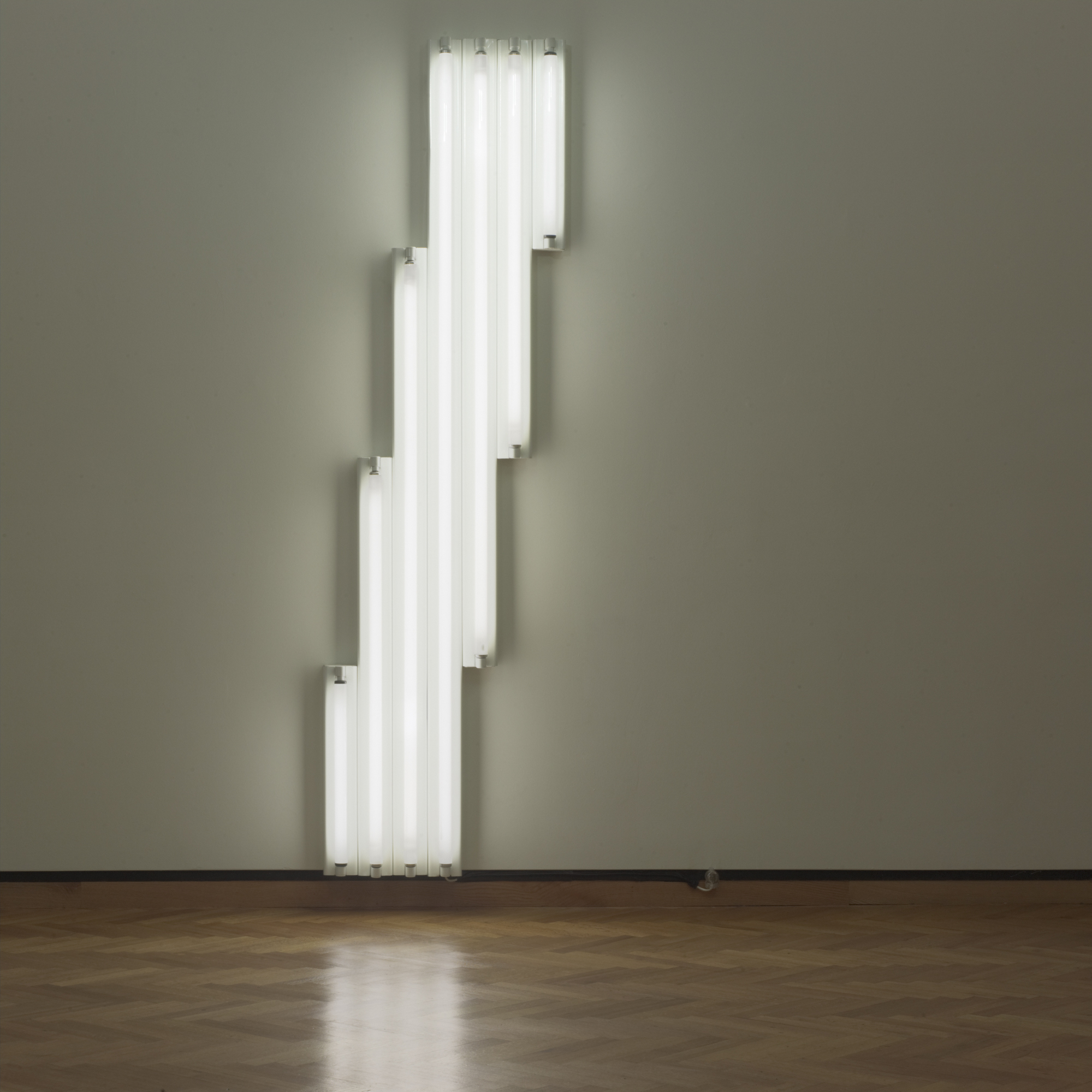Since the mid-1970s, Ellsworth Kelly has explored the spatial language of large-scale, sculptural forms. Employing a range of natural and handmade material— unpainted wood, weathered steel, bronze, and aluminum, much of Kelly’s work from this period finds influence from the rural landscape of his studio in upstate New York. The verticality of these totem-like structures echo the hills, valleys, and trees that populated Spencertown. Broadening the vocabulary of his paintings in their exploration of shape, proportion, material, and their effect on space, Barbara Rose once remarked that the artist’s totems, “add to one’s respect for Kelly as an innovator constantly pushing the limits of art, straining for new definitions.” Curve VIII, illustrates Kelly’s particular emphasis on abstraction rooted in observed phenomena and subtle design. At ten feet high, the stainless steel sculpture ascends into space, creating an elegant silhouette that curves and tapers with understated simplicity. The sculpture finds particular resonance with its architectural setting and engages a significant dialogue with the Art Institute’s substantial holdings of Kelly’s oeuvre.


